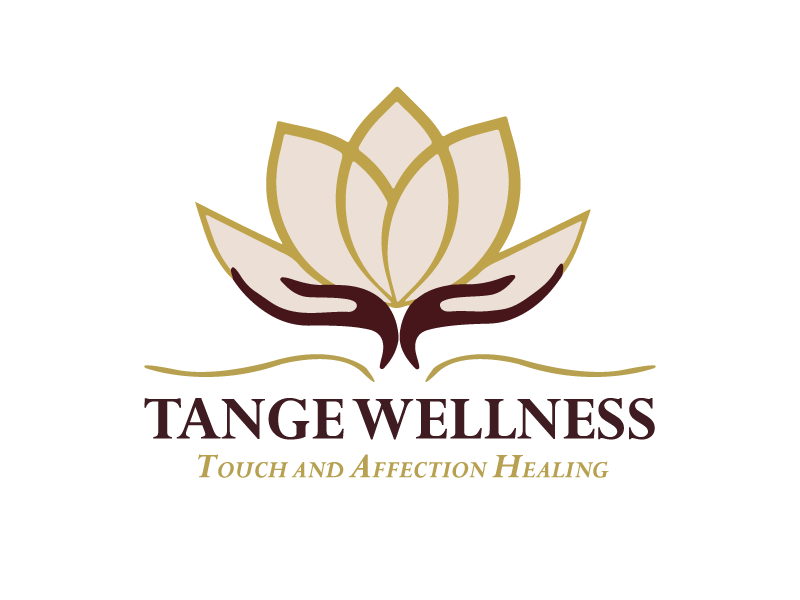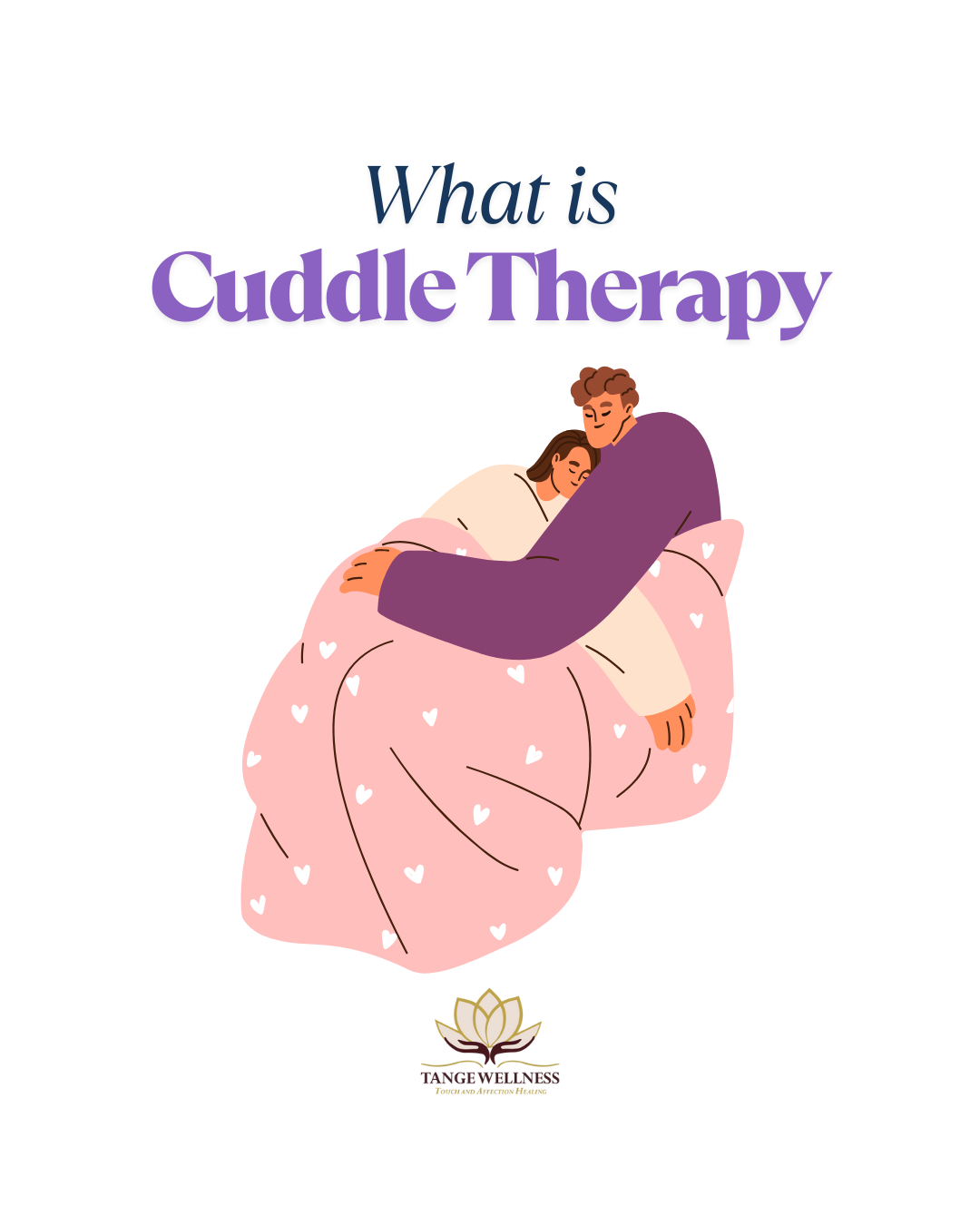Learning to Feel Safe in Your Body Again
Have you ever wanted a hug and flinched when someone reached for you? Yes? That is the one of the many difficulties navigating trauma, even the things we long for can feel threatening.
For a long time, I used to flinch, hard, anytime someone moved too fast near me. Just a quick gesture and my whole body would jolt like I was being shot. Friends would laugh or tease me for being jumpy, and I’d laugh it off too, but inside, it never felt funny. That startle reflex didn’t start fading until I was about 19.
Where did it come from? Growing up in a house where violence became the background noise of my teenage years. The physical abuse started around age 11 and didn’t stop until I moved out at 18. What made it trauma wasn’t just what happened, it was how the adults around me responded. I was told to “just stay away from him,” even though we lived under the same roof. I was told “siblings fight,” even when it was way beyond sibbling fighting..
So my body learned: tension = normal. Safety = unpredictable. Even now, years later, my nervous system still sometimes whispers, brace yourself, even in moments of tenderness.
For trauma survivors, touch often lives in a confusing space. It might feel tender one moment and terrifying the next. You might crave closeness and pull away at the same time. You’re not being dramatic. You’re not broken. Your nervous system is protecting you the best way it knows how.
I work with people who are slowly, bravely learning what safety feels like again. Cuddle therapy helps us untangle those old patterns and create new, healing experiences at your pace and on your terms.
Even when the danger is long gone, the body remembers. It holds on to experiences of threat or overwhelm, sometimes for years. Trauma doesn’t just live in the mind; it lives in the skin, the breath, the muscles, the heartbeat. It’s why talk therapy alone, while essential, isn’t always enough. You may understand what happened but your body is still waiting for safety.
Somatic practices like cuddle therapy come can be incredibly useful here. We meet the body where it is. We listen to what it needs and we build a felt sense of safety, one breath at a time. This surprises many people: just because something is safe doesn’t mean it feels good right away.
When you’re used to bracing for harm, gentleness can feel suspicious. When you’ve never had someone hold you without expectation, even kindness can feel disorienting. When touch has been associated with pain or pressure, your system might take time to believe this moment is different and that’s ok.
Cuddle therapy makes room for all of that. We start slow. We practice consent, together. You’re never expected to “relax” right away. In fact, some of the most powerful healing moments happen when a client says, “I don’t know what I want yet,” or “Can we pause?” Saying those words and being honored is part of what heals.
What Sessions Can Look Like?
In a typical session, we co-create a plan based on what you need and desire. Maybe it’s sitting side-by-side with a hand on your back. Maybe it’s lying down in a safe cuddle position. Maybe it’s no touch at all, just sharing space and breath.
Every gesture is rooted in consent, comfort, and curiosity.
We also use a model called bidirectional therapeutic touch, which means both you and I are giving and receiving nurturing, positive touch.. It’s not one-sided. You’re not being “cared for” in a passive way. You are participating in mutual regulation, mutual presence. It is important because many trauma survivors experienced a lack of agency over their body and were forced to endure. Here, you maintain agency over your body at all times.
Over time, your body may begin to trust that touch can be safe again.
One client described it like this:
“It was like a veil lifted. I felt hope again. Just knowing I could be this close to someone and not feel like I had to run.”
That moment didn’t come on day one. It came after many moments of saying “yes,” “no,” “maybe,” or “not yet.” It came from practicing boundaries in real time and being met with warmth instead of pushback. It is what makes up the work and healing.
Journal Prompts to Explore
What kind of touch do I wish felt safe—but doesn’t yet?
When do I notice myself bracing, even when nothing “bad” is happening?
What does my body need right now to feel a little more at ease?
You’re allowed to take your time. You’re allowed to say “not yet.” You’re allowed to rewrite your relationship with touch one moment, one session, one breath at a time.




